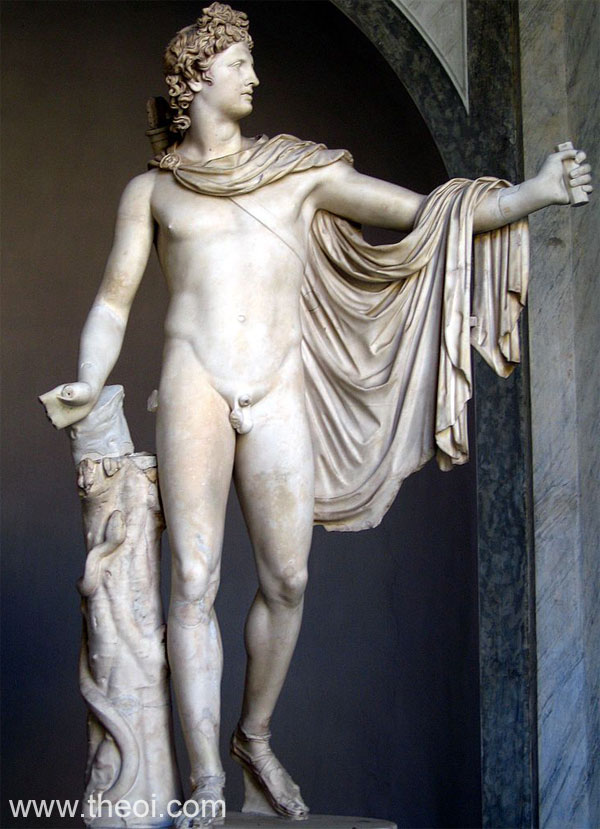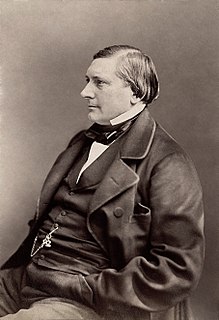p 110 |Charles-Victor Prévôt, Vicomte d'Arlincourt (1789-1856), was a writer whose historical novels were disguised attacks on the regime of King Louis-Philippe; Loïsa Puget (1810-89) was a poetess and musician who sang her own songs at social functions. The "days" Proust is referring to are thus those of the July Monarchy, after 1830.(Sturrock)
p 110 |There were so many (Duc de La Rochefoucauld), he probably didn't mean a real one.
p 111 | Louis Philippe, ruled 1830–48
Louis XV, ruled1643-1715
 p 112 | Jupiter Tonans ("Thundering Jove") was the aspect of Jupiter worshipped in an early temple. In Roman mythology, the supreme god of Romans; counterpart of the Greeks' Zeus.
p 112 | Jupiter Tonans ("Thundering Jove") was the aspect of Jupiter worshipped in an early temple. In Roman mythology, the supreme god of Romans; counterpart of the Greeks' Zeus.
p 113 | Stained glass window at Montfort-l'Amaury; see map. The village is west of Paris, near Rambouillet. The stained glass is 16th century. (Sturrock)
p 113 | ...red as a turkey cock
p 114 | ...low-cut dresses...
 p 115 | The Campo Santo, also known as Camposanto Monumentale ("monumental cemetery") is a 12th century edifice at the northern edge of the Cathedral Square in Pisa, Italy. "Campo Santo" can be literally translated as "holy field" (cemetery). There are celebrated frescos showing such funereal scenes
as The Triumph of Death and The Last Judgment. (Sturrock)
p 115 | The Campo Santo, also known as Camposanto Monumentale ("monumental cemetery") is a 12th century edifice at the northern edge of the Cathedral Square in Pisa, Italy. "Campo Santo" can be literally translated as "holy field" (cemetery). There are celebrated frescos showing such funereal scenes
as The Triumph of Death and The Last Judgment. (Sturrock)
p 115 |... you can't get it twice...": "Measles is a very contagious illness caused by a virus. It spreads by contact with droplets from the nose, mouth, or throat of an infected person... Persons who had measles or who have been vaccinated against measles are immune to the disease." (National Center for Biotechnology Information, NCBI)
p 117 | Aumale-Lorraine: a family dating back to the early 15th century and related by marriage to the junior or Orléans branch of the Bourbons. (Sturrock)
p 117 | Aumale-Lorraine: a family dating back to the early 15th century and related by marriage to the junior or Orléans branch of the Bourbons. (Sturrock)











.png/320px-Pediment_(PSF).png)












